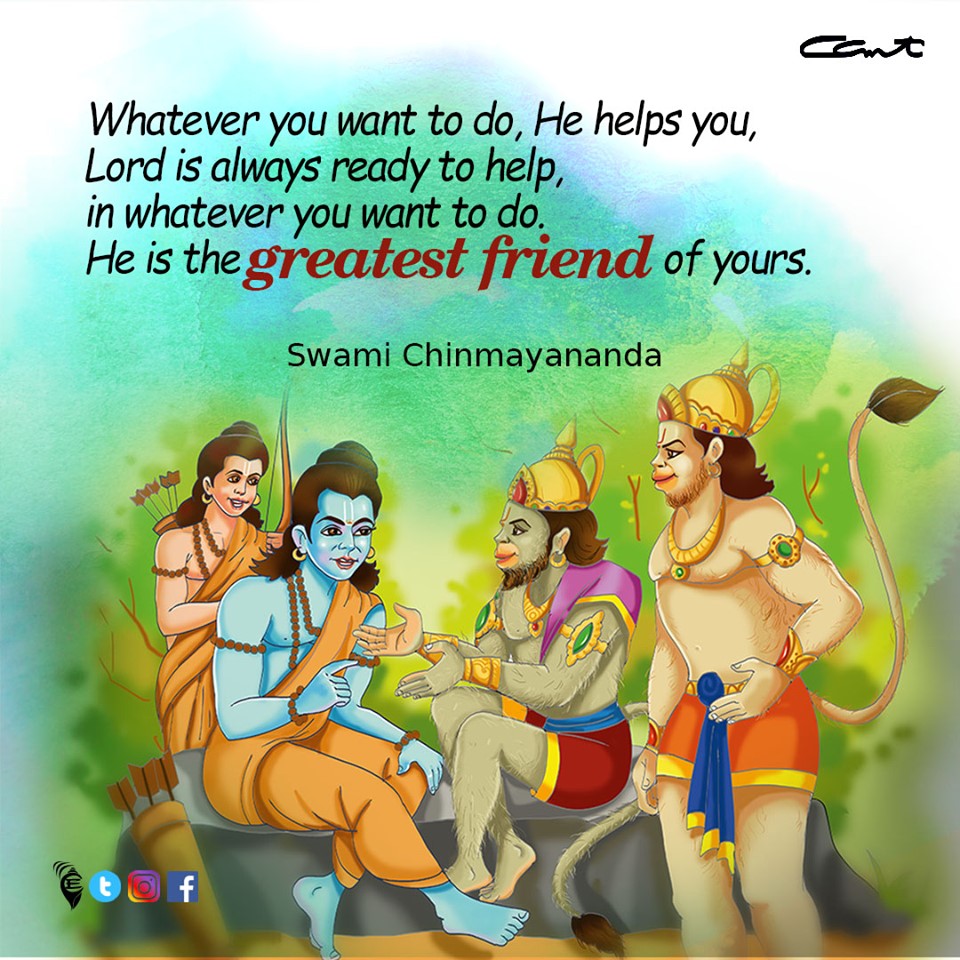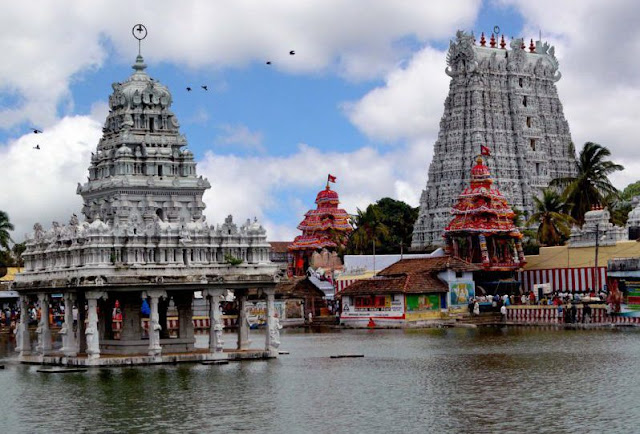Ancient Culture ( Samskaram ) of Bharatham-5.1. : Swami Krishnananda.

OPINION : Wednesday, December 30, 2020. 11:25 AM. 2318. Chapter- 5. Introduction to the Epics - 1. In our last sessions we discussed the foundations of Indian culture and the inner contents and classifications of the Vedas. Next, we moved further on to a consideration of special emphasis laid in the course of history on the different sections of the Vedas, with some group or community laying emphasis on the Samhitas, others on the Brahmanas, and others on the Aranyakas and the Upanishads. The orthodox Vedic pundits who are available to us even today in small numbers in India study the Veda Samhitas by rote, by heart, and they make it a profession. Study of the Veda Samhitas means the capacity to recite the Samhitas. The emphasis is laid on the Brahmanas in the form of the Mimamsa doctrine of ritualism, karma kanda as it is known in Sanskrit, and the externalised form of the application of the Veda mantras. The mantras of the Vedas were originally intended as prayers to the gods, c...







